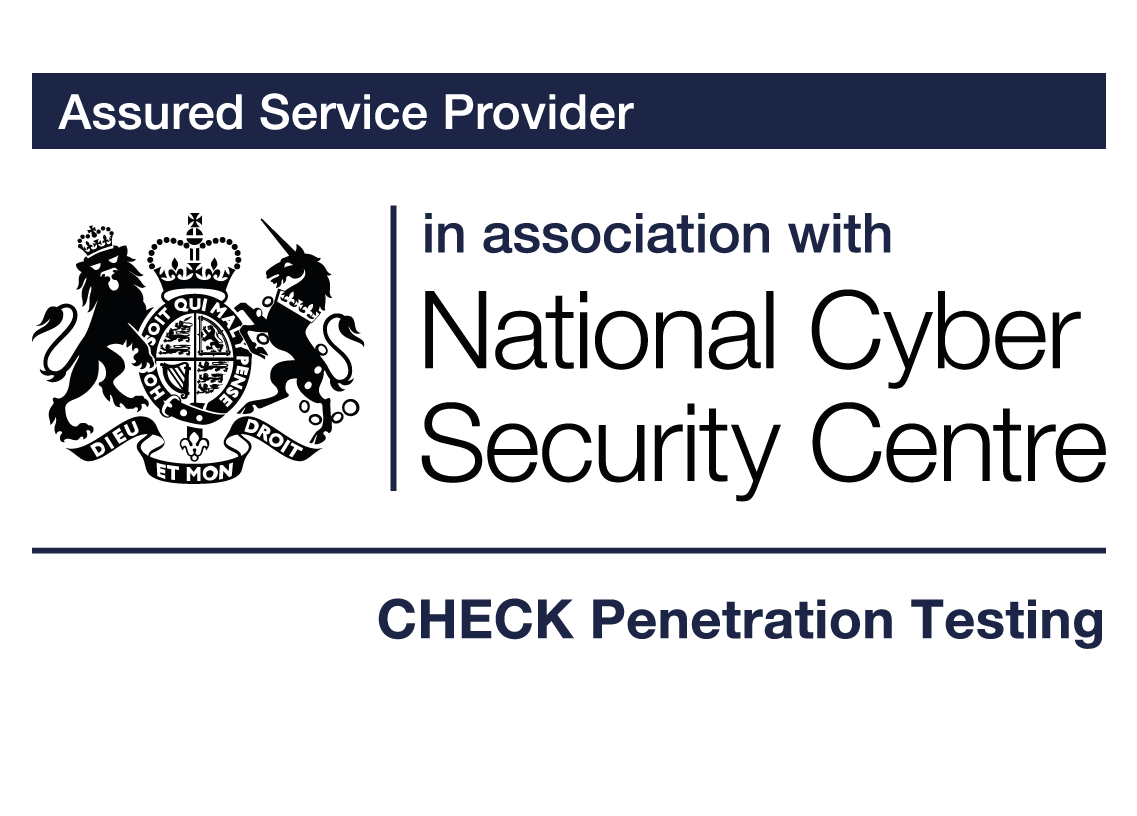Strengthening Your Digital Barriers: The Vital Importance of Regular Pen Testing and Vulnerability Scanning
In today’s digital landscape, where businesses rely heavily on technology to operate and securely store sensitive data, the necessity of cybersecurity measures cannot be overstated. With cyber threats constantly evolving and becoming more sophisticated, it’s imperative for companies to adopt proactive approaches to safeguard their digital assets. This is where penetration testing, or pen testing, and vulnerability scanning step in as critical elements of a comprehensive cybersecurity strategy. In this article, we’ll delve into the significance of regular pen testing and vulnerability scanning, shedding light on why you should make them a priority.
Understanding the Cybersecurity Landscape
As the global business ecosystem becomes increasingly interconnected, the risk of cyber attacks has reached unprecedented levels. From data breaches to ransomware attacks, the potential impact on a company’s finances, reputation, and customer trust can be catastrophic. In the not-too-distant past, high-profile organisations like banks and insurance companies were the target of choice, but times have since changed. Recent trend analysis shows that attacks are now commonplace in myriad industries, with a significant increase in both the education and research sectors. Organisations across all industries are now turning to more proactive techniques to identify vulnerabilities before malicious actors can exploit them.
The Power of Penetration Testing
Penetration testing involves simulating real-world cyber attacks on a company’s IT infrastructure and applications. Skilled cybersecurity professionals, often referred to as ethical or white hat hackers, emulate the tactics and techniques used by actual (black hat) hackers to uncover weaknesses in a controlled environment. By identifying these vulnerabilities, organisations can take immediate action to remediate them before attackers take advantage.
Penetration tests can be used to gain insight into the security level of various aspects of an organisation, from internal or external infrastructure to application security. Penetration tests give answers to the following questions:
- what is the exposure (or “attack surface”) of our organisation, i.e., which systems are exposed at the external perimeter, and can they be used to gain foothold?
- is it possible to obtain access to individuals’ sensitive (personal or corporate) information with no, or only limited, permissions?
- is it possible to escalate privileges within the infrastructure, allowing individuals with no, or only limited, system access to acquire administrator rights?
Penetration tests can be performed from various perspectives, but most commonly they simulate:
- a malicious actor trying to break into systems that are exposed to the internet;
- an attacker obtaining network access to an internal network, for instance by breaking into the WiFi network while near the organisation’s premises;
- an employee that either accidentally or intentionally installs malware on their desktop system, subsequently used as a stepping stone to attack the organisation from the inside;
- an attack originating from a supplier that has some form of access to the organisation’s network. This could be via a VPN for remote maintenance, or laptop of a maintenance engineer.
The Key Benefits of Penetration Testing:
- Comprehensive Vulnerability Identification: Pen testing your infrastructure provides a holistic view of your organisation’s security posture by evaluating not just individual components, but also how they interact. This helps in discovering complex vulnerabilities that might otherwise go unnoticed.
- Realistic Risk Assessment: By mimicking real attacks, penetration testing accurately assesses the potential impact of a breach. This means that organisations can allocate resources effectively to address the most critical security gaps.
- Regulatory Compliance: Many industries are subject to strict cyber security regulations. Regular pen testing assists in meeting compliance requirements and avoiding penalties.
Unearthing Vulnerabilities with Vulnerability Scanning
Vulnerability scanning is another indispensable tool in a cyber security arsenal. It involves using automated software to scan an organisation’s network, systems, and applications for known vulnerabilities. While it does not replicate the complexity of a pen test, vulnerability scanning is incredibly useful for identifying low hanging fruit that attackers often exploit.
Key Benefits of Vulnerability Scanning:
- Timely Detection: Automated scans can be performed frequently, ensuring that new vulnerabilities are promptly identified as software updates are released or configurations change.
- Cost-Effectiveness: Vulnerability scanning is relatively less resource-intensive compared to penetration testing, making it an efficient way to maintain continuous security assessments.
- Asset Management: Scans help in creating an up-to-date inventory of all devices and applications on the network, reducing the risk of overlooked entry points.
Making Regular Testing a Priority
Regular pen testing and vulnerability scanning should not be treated as one-off activities, but rather as ongoing processes integrated into an overarching cyber security strategy. Threats evolve, software changes, and new vulnerabilities emerge, making continuous assessment crucial.
As the need for technology and digital services grows more complex, the requirement for robust cyber security measures intensifies, with regular penetration testing and vulnerability scanning offering a proactive line of defence against evolving threats. Companies that make these practices an integral part of their cyber security strategy demonstrate their commitment to safeguarding their assets and maintaining the trust of their clients and partners.
Remember, in the realm of cyber security, the best offence is a well-tested defence. Partner with a trusted cyber security testing company (like Resillion) to strengthen your digital barriers and stay one step ahead of cyber threats.
Get in touch with our team of experts today.
Pentest-as-a-Service
Identify and mitigate vulnerabilities with our expert, modern and efficient Powerhouse Pentest-as-a-Service
Latest News
Understanding TIBER and penetration testing: A guide for financial institutions
Find out moreOur Accreditations and Certifications







